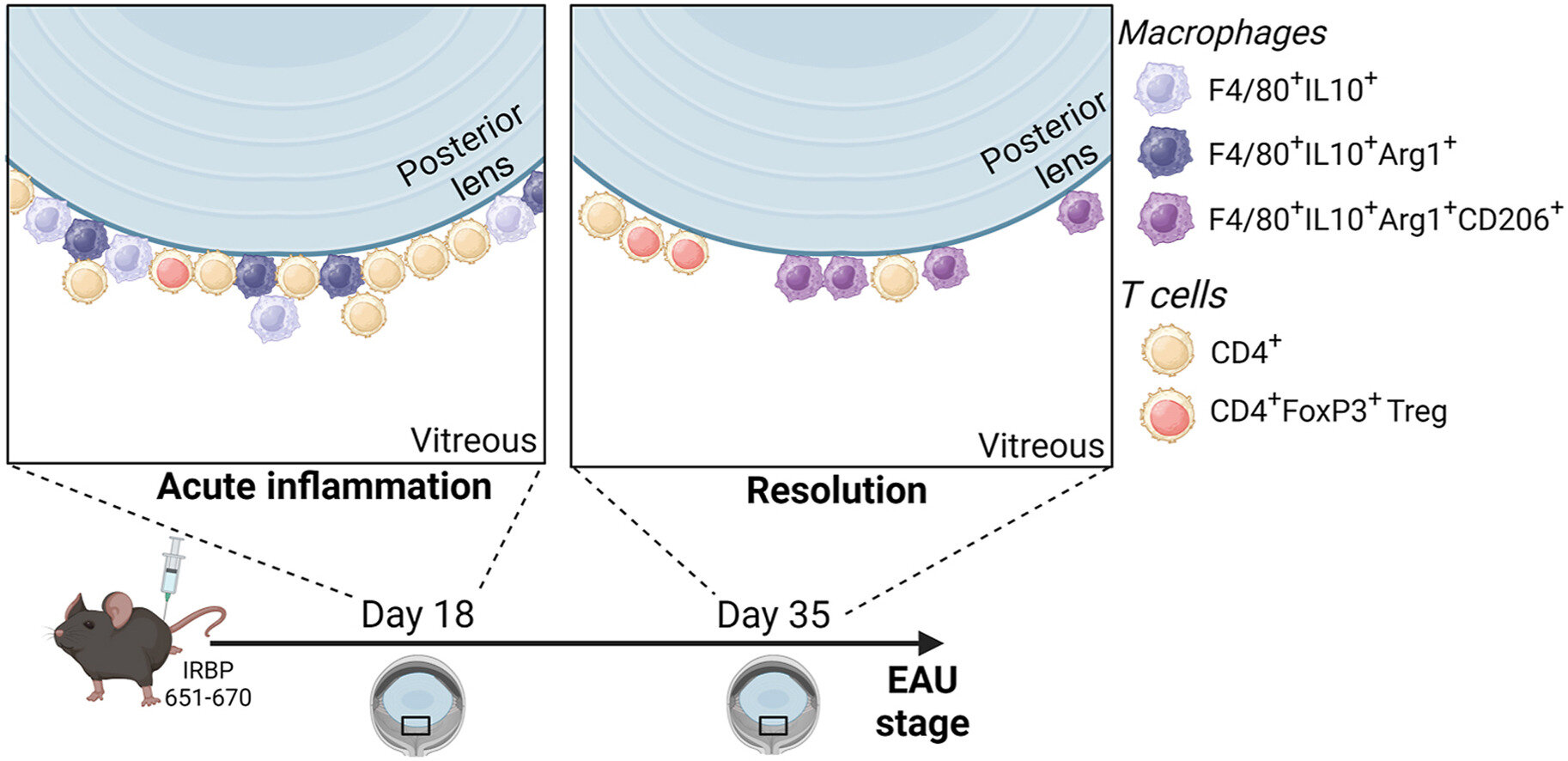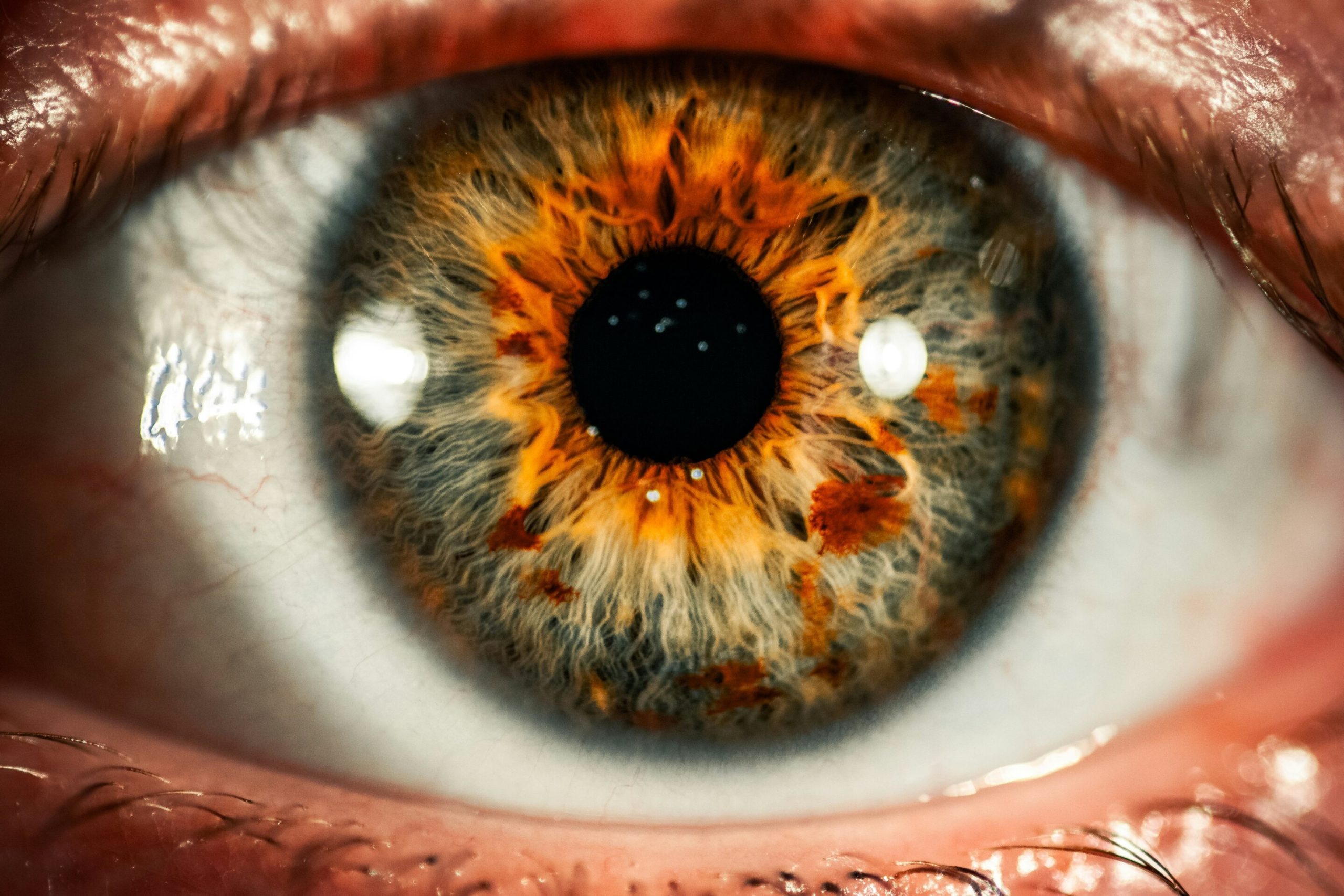
An ingredient in the hair dye a French woman used caused her to develop a vision-robbing retinopathy, researchers report.
When she switched to a dye without these ingredients, called aromatic amines, her vision troubles resolved, according to a team led by Dr. Nicolas Chirpaz, an ophthalmologist at Edouard Herriot Hospital, in Lyon.
Such cases could be rare, the researchers said, but spreading awareness of the danger “may allow prompt consideration to remove exposure to such hair dye” so eyes aren’t permanently damaged, Chirpaz and colleagues said.
They published their case report Sept. 12 in the journal JAMA Ophthalmology.
As the French team noted, this isn’t the first time hair dye has been linked to retinopathy: Three prior cases were reported in 2022 among “middle-aged women following exposure to hair dyes containing aromatic amines.”
In the latest case, a 61-year-old woman with no prior history of vision trouble came to doctors with progressively blurry vision in both eyes “a few days after dyeing her hair with hair dye containing aromatic amines,” Chirpaz’ group said. The aromatic amine in the dye used in this case was para-phenylenediamine.
Upon examination, the woman was found to have multiple retinal detachments that resembled the damage that can occur in retinopathies that are tied to certain enzymes found in the eye, called MEK1 or MEK2.
The woman’s eyes also displayed an unhealthy “thickening of the neurosensory retina,” the French team found.
Tests were conducted to rule out a host of possible causes, including infections and even cancer. In the end, retinal damage caused by the ingredient in hair dye was “diagnosed based on the temporal association between symptoms and hair dye exposure,” the team said.
The woman soon switched her brand of hair dye, and her vision returned to 20/20 within a month. “Four years later, the patient reported using aromatic amines–free hair dye and has not experienced any recurrence,” the study authors said.
Chirpaz’ team believes that aromatic amine chemicals such as para-phenylenediamine “disrupt” a neurochemical pathway that’s essential to the health of what are known as retinal pigment epithelial cells.
Cases of “retinopathy associated with the use of hair dye aromatic amines [RAHDAA]” remain rare, but doctors should be on the alert to the possibility when people show up with any retinopathy that doesn’t have an easy explanation, the French team said.
More information:
Find out more about retinopathy at the American Diabetes Association.
Nicolas Chirpaz et al, Retinopathy Associated With Hair Dye, JAMA Ophthalmology (2024). DOI: 10.1001/jamaophthalmol.2024.3453
Copyright © 2024 HealthDay. All rights reserved.
Citation:
Ingredient in hair dye led to woman’s vision loss (2024, September 13)
retrieved 13 September 2024
from https://medicalxpress.com/news/2024-09-ingredient-hair-dye-woman-vision.html
This document is subject to copyright. Apart from any fair dealing for the purpose of private study or research, no
part may be reproduced without the written permission. The content is provided for information purposes only.




